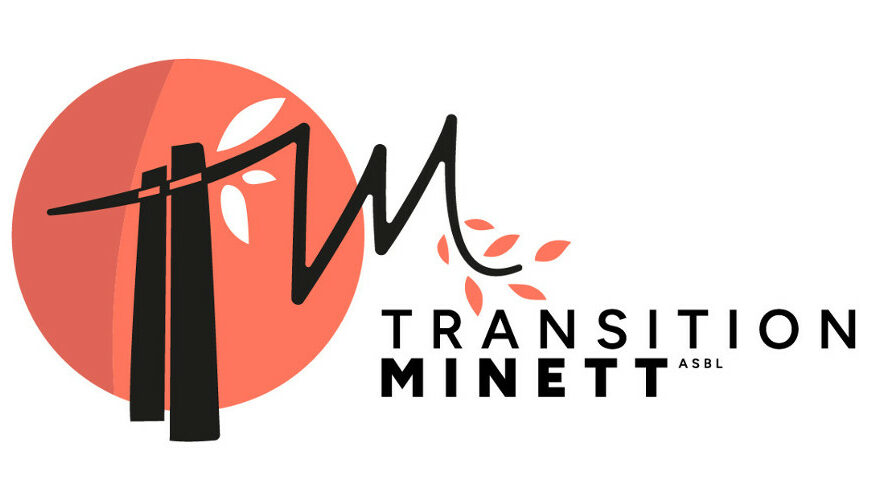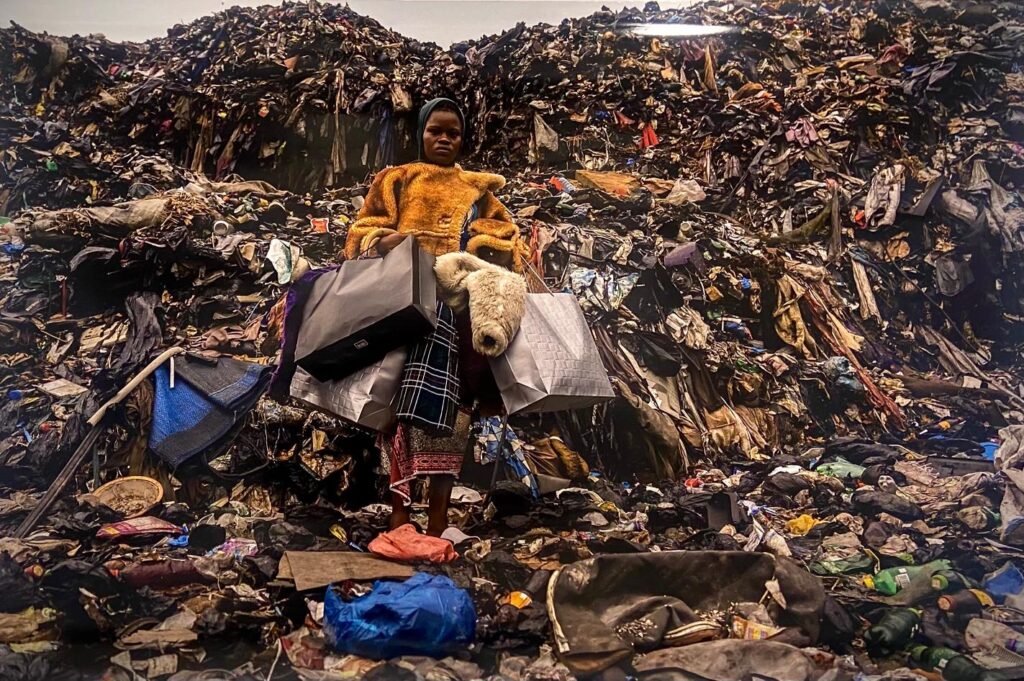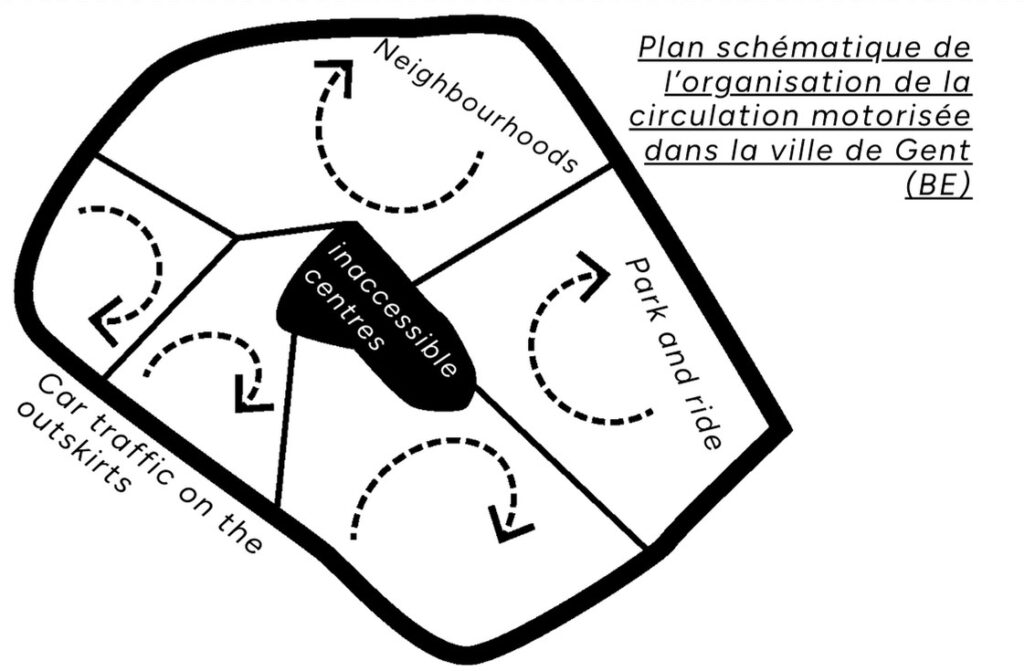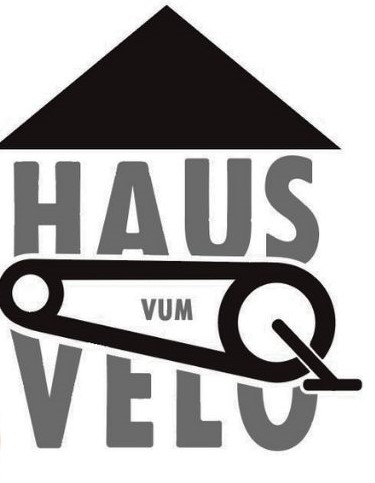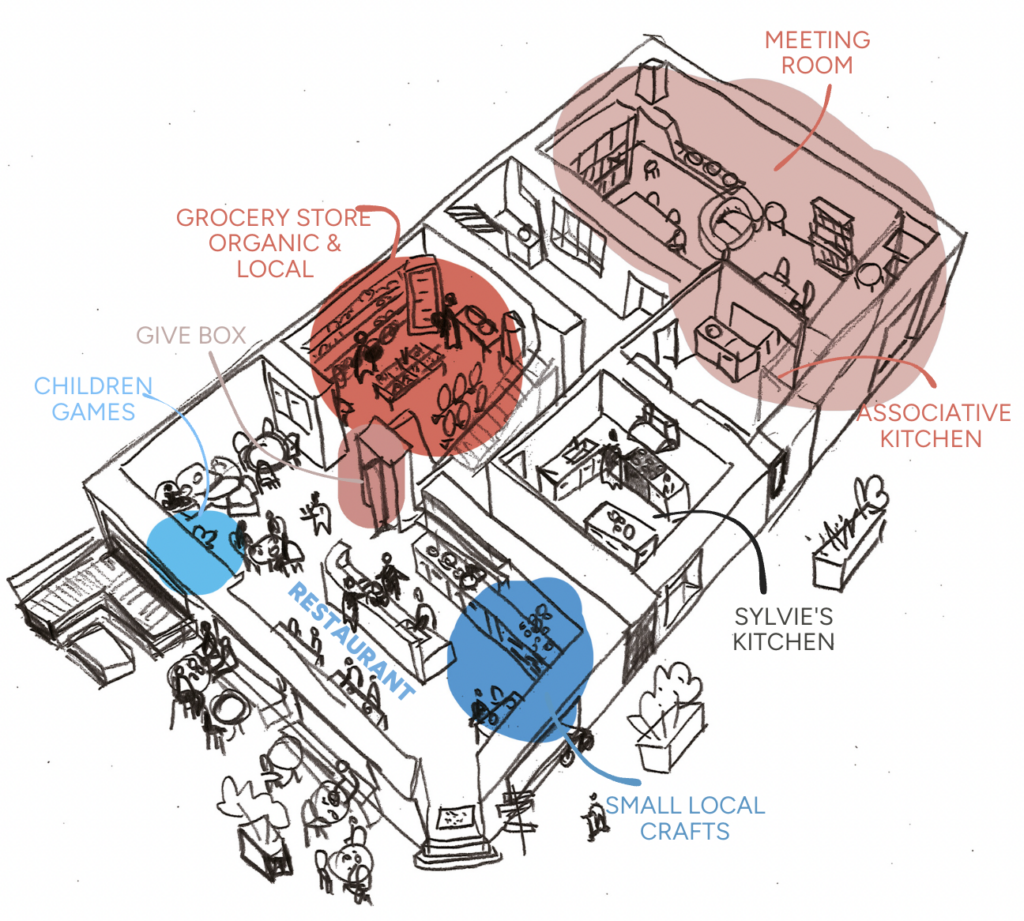May 2023 (Forli, Emilia Romagna, IT) = On a sunny afternoon of a dry season, alternating with violent rains here and there, I read on my phone screen the civil protection’s weather alert for heavy rain forecast.
I dismissed the problem without thinking, and that same evening, and for the next 48 hours, it fell on the territory of Emilia the same amount of rain that usually falls in 7 months.
The rainfall caused landslides, destruction, and fatalities.
Locked at home during those days, without light or electricity, forced to attend university lectures online despite living a few minutes walk from the faculty, I had the realisation that I was experiencing an environmental catastrophe firsthand.
A (not-so-new) feeling of fear and helplessness in the face of life’s unpredictability crept into my everyday life. That same anguish, which has become stronger over the past few years, has a precise name and face: Eco-anxiety, and thousands of young people all over the world suffer from it.
What is eco-anxiety?
The American Psychology Association (APA) describes eco-anxiety as “the chronic fear of environmental cataclysm that comes from observing the seemingly irrevocable impact of climate change and the associated concern for one’s future and that of the next generations”1.
Specifically, eco-anxiety can be triggered by various events we witness in our daily lives, such as rising temperatures or weather reports on television, or, worst of all, we can witness first-hand climate disasters such as floods or forest fires that are becoming increasingly frequent.
Concern for the planet’s future has become a daily cause of distress and frustration for some people. Eco-anxiety manifests itself through symptoms that should be monitored, such as intense anxiety about the state of things, a feeling of powerlessness when faced with environmental degradation, a loss of faith in the future, obsessive thoughts about the climate, frustration, and anger towards the generations blamed for the current climate situation, panic, and depression, and in extreme cases, loss of appetite, insomnia and difficulty in concentrating. 2

But who are most affected?
Anyone can suffer from eco-anxiety, but certain categories of people feel more pressure from environmental issues:
- Young people. Given the state of our planet, the future of the younger generation is uncertain. Yet, the data in the IPCC reports are very clear: to avoid disastrous climate consequences, we should be able to limit the world temperature rise to 1.5°C.3 However, to this day, only 6% of scientists believe that it is still possible to stay below this threshold. Young people more than others (especially young women) feel the weight of this responsibility on their shoulders, and the uncertainty surrounding the future is becoming an increasingly tangible threat for some.
Other categories suffer particularly from eco-anxiety:
- People most easily affected by climate change, such as those who work in contact with nature or agricultural land (farmers, etc.);
- People living near areas at risk (maritime and coastal regions or extremely dry areas);
- People from marginalized communities who do not always have the means to cope with the burden of environmental damage.
How can we deal with it?
What you shouldn’t do:
- Over-stimulate yourself. Staying informed about climate change is a useful way of keeping abreast of developments and becoming aware of the state of the planet and what is happening to others, but be careful not to become overwhelmed! Obsession is never the right solution, so skimming the news or even taking breaks from the media can help alleviate the symptoms of eco-anxiety.
- Isolating yourself. One of the biggest mistakes people can make in anxiety situations is usually to close in on themselves; talking to a family member, a friend, or a professional when experiencing episodes of anxiety or panic is always the best solution.
- Avoid universal pessimism. Yes, it’s important to be realistic when discussing the future of the planet: the current conditions are not the best… but there’s still a lot that can be done! Studies on mitigation and adaptation to climate change are constantly evolving, and nothing is yet definitive!4
What you can do:
- Make changes. Work on the things we can do right away: buy organic and local products, reduce food waste, favor soft and sustainable mobility ( bicycles, etc.), buy second-hand clothes, recycle, save energy, donate to associations that fight to preserve the environment, make those around us aware of environmental issues and sustainable practices… there’s a lot we can do, we just need to roll up our sleeves!
- Get involved. Don’t forget that you’re not alone – many of us have the same concerns. Finding a local or regional organization to join or volunteering for NGOs or associations can make a real difference! As well as helping the environment, it’s a great opportunity to meet new people and get socially involved! One example is joining a group from the Collective Citoyen pour le Climat in Esch!
- Go outside! Take a breath of fresh air, do some outdoor activities, get in touch with nature, appreciate and be grateful for the life we are lucky enough to live every day, and focus on the beauty of the things you have in the present.
Sources:
- https://www.iberdrola.com/social-commitment/what-is-ecoanxiety#:~:text=The%20American%20Psychology%20Association%20 ↩︎
- https://mentalhealthcommission.ca/resource/understanding-and-coping-with-eco-anxiety/ ↩︎
- https://www.ipcc.ch/report/ar6/syr/ ↩︎
- https://www.colorado.edu/health/blog/climate-anxiety ↩︎
To go even further:
